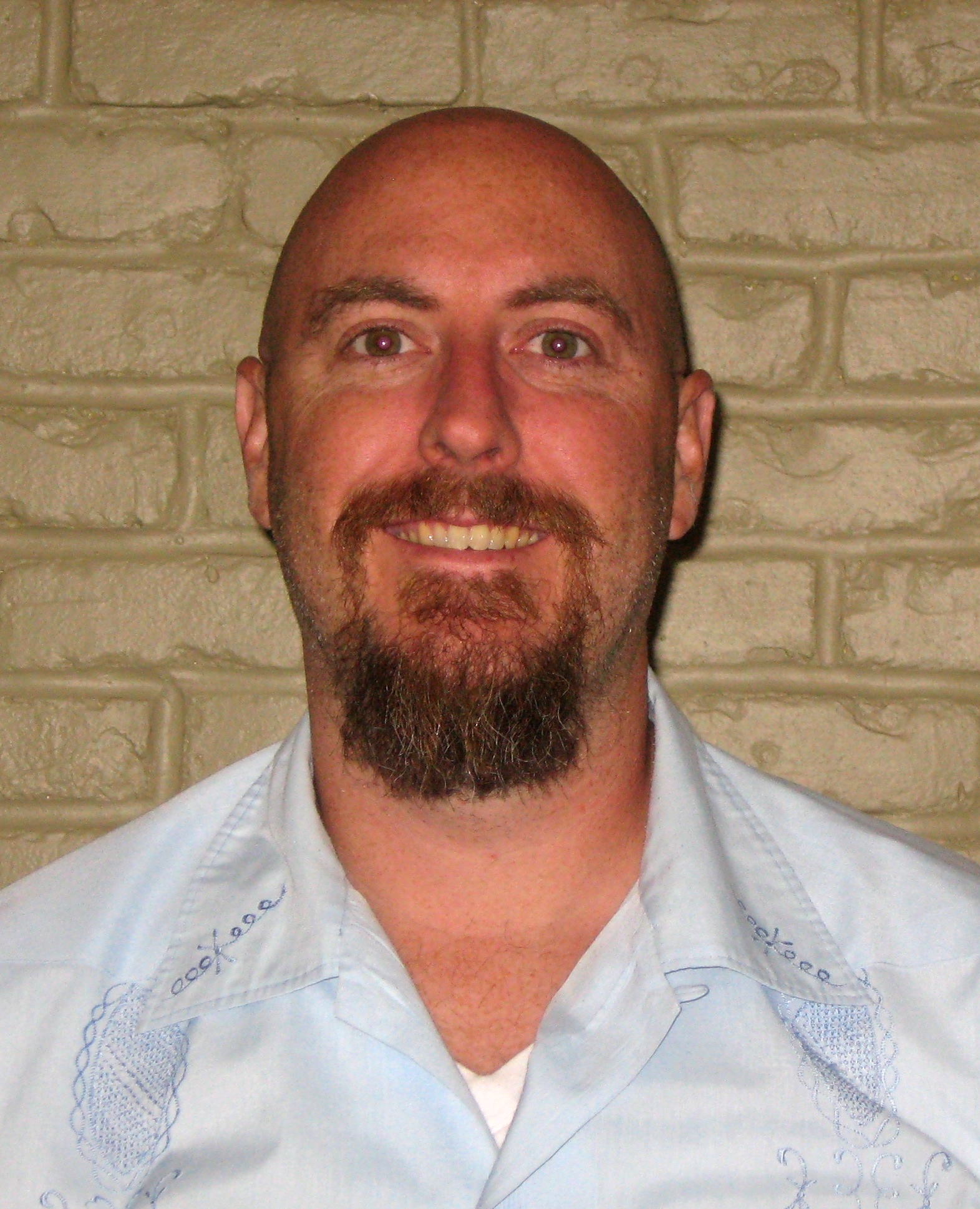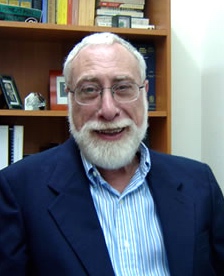 Ixil Destruction a Deliberate Policy
Ixil Destruction a Deliberate Policy
By Mike Allison
Over three decades ago, witnesses to the carnage in Central America claimed that the Guatemalan military was engaged in genocide against the country’s indigenous people living in the Western Highlands. As part of the peace process that culminated with the 1996 Agreement on a Firm and Lasting Peace, the Guatemalan government and the Guatemalan National Revolutionary Unit (URNG) agreed to the establishment of a UN Commission for Historical Clarification (CEH) in 1994.
The CEH sought to “clarify past human rights violations and acts of violence that have caused the Guatemalan population to suffer.” After a two-year investigation, the CEH concluded that the survivors and witnesses had been right all along; the Guatemalan state had indeed committed “acts of genocide” during its brutal scorched-earth campaign.
The Guatemalan military carried out a racist scorched-earth campaign between 1981 and 1983, with the intent to destroy the Ixil and other indigenous populations. Men, women, and children were killed, many after having been sexually abused and tortured. Survivors who fled to the mountains for safety had their homes and crops burnt to the ground.
The military sent patrols out to kill the internally displaced and indiscriminately bombed them from the air. Many of the survivors hid in the mountains in subhuman conditions for years. There was no effort to distinguish those who provided active support to the guerrilla from those who did not.
All Ixil were thought to be sympathetic to the Guerrilla Army of the Poor (EGP) and, therefore, were justifiable targets. These intentional victims included the unborn Ixil who were still in their mothers’ wombs.
The recent Efraín Ríos Montt trial in Guatemala was not about establishing whether genocide occurred. That fact has been accepted by all but a small number of genocide deniers for the last two decades. It was about accountability.
While Efraín Ríos Montt was not the only person responsible for genocide, as president of Guatemala for 17 months between 1982 and 1983 he was responsible for ordering the intentional killing of the Ixil population through Victoria 82, Firmeza 83, and Operation Sofía plans.
There has been no evidence since the CEH’s 1999 publication to refute its findings. We know a great deal more about the genocidal campaign in Guatemala today than we did back in the late 1990s when the report was first compiled. The additional evidence includes witness testimony, military documents and plans, police archives, statistical analyses, video documentation, declassified US documents, and forensic reports from numerous exhumations of mass graves. They confirm what survivors and witnesses reported in the early 1980s.
Genocide was deliberate state policy.
Mike Allison is associate professor of political science at the University of Scranton in Pennsylvania. He maintains a blog on Central American politics. Follow @CentAmPolMike.
 Fighting Insurgents Is Not Genocide
Fighting Insurgents Is Not Genocide
By Carlos Sabino
EspañolA well-orchestrated international campaign intends to punish 89-year-old retired General Efraín Ríos Montt for the crime of genocide. This accusation strikes me as absurd. It confuses the concept of genocide with the killings carried out against civilians in rural areas (inhabited mostly by indigenous people) during the internal conflict in the country.
There were many massacres in Guatemala during those decades, especially between 1979 and 1984, but none of them were conducted with the aim of eliminating a particular ethnic group. Let us consider the facts.
The internationally accepted definition of genocide infers that there is an intent to destroy, either totally or partially, a national, ethnic, racial, or religious group — through killings, forced relocation, serious injury, or the intentional infliction of living conditions that lead to the disappearance of the group. None of this happened in Guatemala during those years, even if thousands of farmers from different indigenous ethnic groups died.
Two widely accepted facts clearly point in this regard.
First, there was no slaughter in the areas where armed confrontations with the guerrilla did not develop, nor were indigenous populations persecuted unless there was evidence proving that they could have collaborated with the insurgents.
Second, the authors of the massacres were soldiers and noncommissioned officers, mostly indigenous, as well as civil patrolmen (armed farmers) who were also part of the same ethnic groups.
General Ríos Montt, who became president after the coup of March 1982 and was deposed in August 1983, tried to reduce the arbitrary and barbarous acts constantly committed in Guatemala during these years with greater control over local army commanders. At the same time, he relentlessly fought against the communist guerrilla, which at that time threatened to expand, and who also massacred the people that resisted joining them.
Moreover, he created the Civil Defense Patrols, which gathered and armed over 900,000 farmers of all ethnicities, but never led to the extermination of any ethnic group. Those who were killed in the conflict died for being involved in the guerrilla, or because they allegedly supported these groups. There was no distinction based on race, creed, or social group for those actions.
It was a civil strife in which, naturally, more Ixil population perished in the Ixil areas, but more mestizo population (or other ethnicities) died in areas where they were the majority. It is even easier to verify that the killings decreased after Ríos Montt came to power, although they did not cease completely.
There was no genocide in Guatemala, just as there was no genocide against the Japanese or the Germans during World War II, when the conflict arrived in their countries. They died, as the Ixil did, simply because they were there in the middle of a barbaric and ruthless conflict.
Carlos Sabino is a sociologist, writer, and university professor. Sabino is director of the masters and doctoral programs in history at the University of Francisco Marroquín, Guatemala. Read his column: “Counterpoint.”
[yop_poll id=”7″]
 Versión Español
Versión Español



 Ixil Destruction a Deliberate Policy
Ixil Destruction a Deliberate Policy Fighting Insurgents Is Not Genocide
Fighting Insurgents Is Not Genocide








